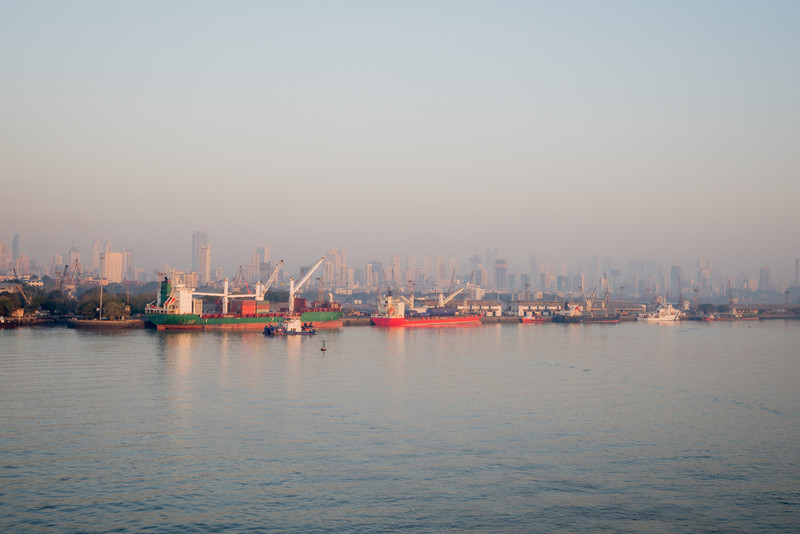Supply-chain problems are continuing globally, with more than 2% of all global shipping capacity currently doing nothing but waiting outside Germany’s ports on the North Sea. On the other side of the Atlantic, soy bean supplies have been interrupted.
Congestion at Bremerhaven and Hamburg was continuing to grow, with the latest Kiel Trade Indicator stating that 19 container vessels were waiting to unload on September 6th, up from 17 two weeks ago. The report said that about 11% of all shipped goods were stuck. Vincent Stamer, head of the Kiel Trade Indicator, warned that congestion was preventing a return to pre-pandemic levels. “High transportation costs are hindering a further recovery in global trade.”
In China it was reported that there had been some easing of waiting times, although the country’s attempts to maintain a zero Covid policy continued to impact production and transport.
In the Red Sea it was estimated that 16% fewer goods were currently being shipped than would be expected under normal circumstances.
Over in the US, farmers were reported to be losing out to Brazil in the global market for soybeans. It was noted that for many of the years pre-pandemic it was about twice as expensive for China, which is the world’s top soybean importer, to ship Brazilian soybeans than those grown in the US. However, logistics issues in the US, upgrades of the South American country’s ports and supply infrastructure, and the strong US dollar have almost completely eliminated the price gap, according to US Department of Agriculture data.
The US was reported to be in a state of “catch-up”, looking to reduce the level of backlog, and to begin multi-billion-dollar plan to upgrade its infrastructure. But Brazil has invested 290bn reais ($56.1bn) in roads and maritime gateways since 2008.
At Brazil’s busiest port of Santos the authorities are investing hundreds of million of dollars to upgrade total capacity by about 50% to 240m tons annually in 2040.
This article is kindly supplied by Insurance Marine News. If you would like a complimentary trial to the daily Insurance Marine News e-bulletin please email grant.attwell@insurancemarinenews.com.

